The debate over wearing socks with climbing shoes has been a topic of discussion among climbers for years. Some climbers prefer the barefoot approach for enhanced sensitivity and precision, while others opt for the added comfort and hygiene that socks provide. In this discussion, I’ll share my personal experiences with both approaches, exploring the pros and cons, how it impacts shoe fit, and my perspective on the socks vs. no socks debate in climbing.
Try Senderella for a personalized climbing shoe recommendation!
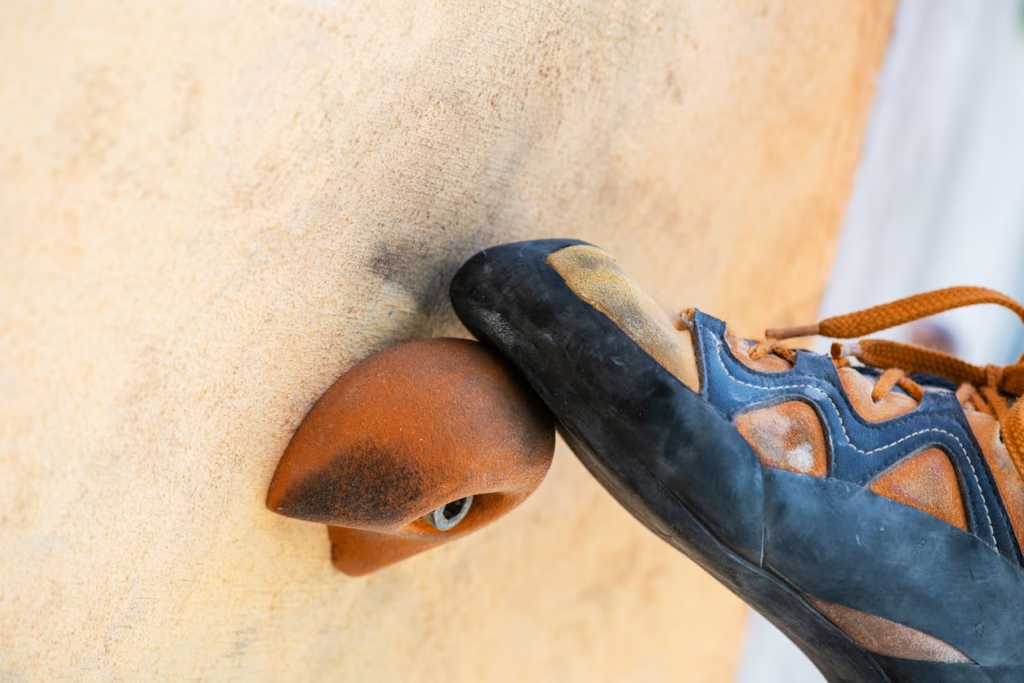
Table of Contents
Can You Wear Socks with Climbing Shoes?
In my climbing experience, I prefer not to wear socks with my climbing shoes. Going sockless enhances sensitivity, allowing me to feel the rock’s texture and make precise foot placements. It also ensures a snug fit, reducing any internal movement that could compromise performance.
While this approach can lead to increased wear on the shoes and potential odor issues, I find that the improved connection to the climb outweighs these concerns. Regular maintenance and proper airing of my shoes help mitigate hygiene issues. Ultimately, the decision to wear socks or not is a personal one, influenced by individual comfort and climbing style.
The Pros of Wearing Socks with Climbing Shoes
- Enhanced Comfort
- Socks can reduce pressure points, especially in aggressive shoes with tight fits.
- They provide cushioning for climbers with sensitive feet or during long climbing sessions.
- Improved Hygiene
- Socks absorb sweat, preventing bacteria buildup and reducing odor.
- They make sharing rental shoes at climbing gyms more hygienic.
- Better Fit for Loose Shoes
- Socks can help snug up shoes that are slightly too big, providing a more secure fit.
- Thin climbing-specific socks are available to minimize bulk while improving the fit.
- Cold-Weather Climbing
- Socks keep feet warm during winter climbs or in cooler environments, especially for outdoor bouldering.
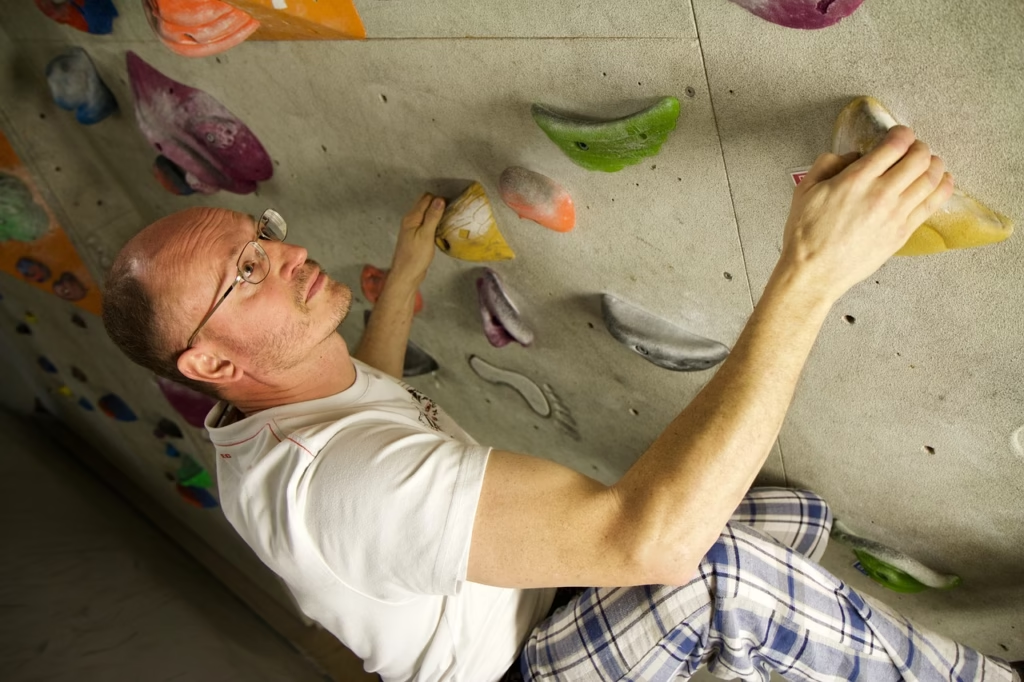
The Cons of Wearing Socks with Climbing Shoes
- Reduced Sensitivity
- Barefoot climbing allows for maximum sensitivity, essential for feeling the texture of holds and precise foot placements.
- Adding socks creates a barrier between your foot and the shoe, potentially affecting performance.
- Potential Fit Issues
- I’ve found that wearing socks with climbing shoes can compromise the snug fit essential for optimal performance.
- Overly thick socks can stretch the shoe material over time.
- Tradition and Culture
- Many climbers argue that wearing socks goes against the traditional approach to climbing.
- Some fear it may make them stand out as beginners in a community where socks are less common.
Socks vs No Socks in Climbing
When deciding whether to wear socks, it’s worth considering the type of climbing you’re doing and your personal needs:
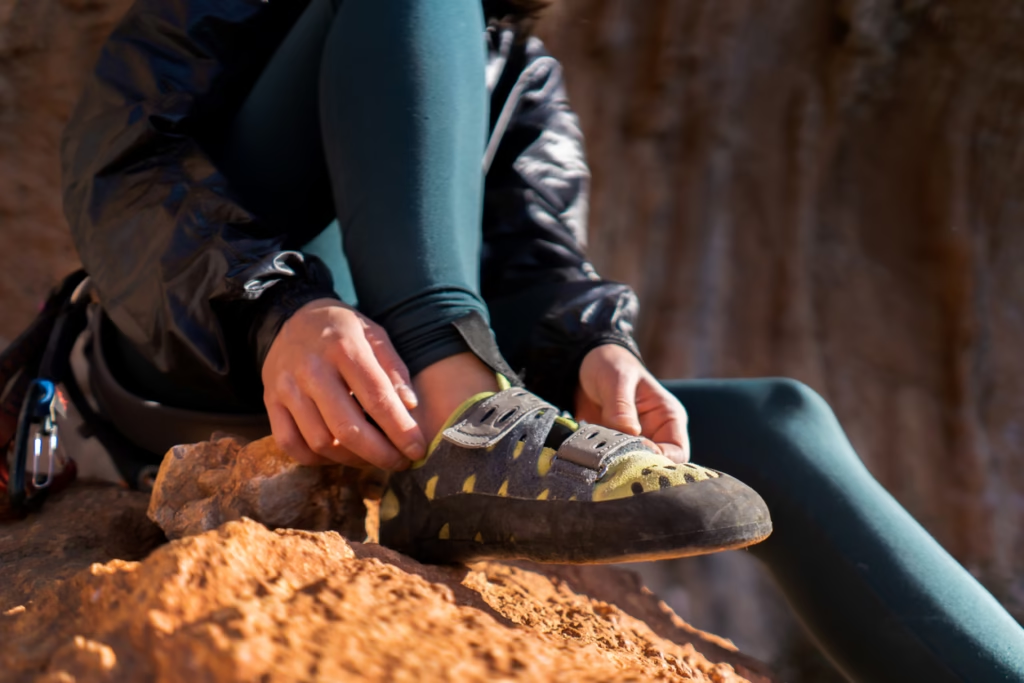
- Sport Climbing and Bouldering: For high-performance climbs that demand precision and sensitivity, going sockless is generally preferred.
- Trad Climbing or Multi-Pitch Routes: Socks can add comfort during long climbs where tight shoes become painful over time.
- Gym Climbing: Wearing socks in rental shoes is common for hygiene reasons, especially when sharing footwear.
How Socks Impact Climbing Shoe Fit
Socks can significantly alter how climbing shoes fit:
- Snug Shoes: Adding socks to already tight shoes can cause discomfort and reduce performance.
- Loose Shoes: Socks can fill extra space, improving the fit and preventing the foot from sliding inside the shoe.
- Material Considerations: Leather shoes stretch over time, so wearing socks with new shoes can help break them in without blisters.
For climbers worried about fit issues, thin socks like Tenaya or La Sportiva climbing-specific socks are designed to minimize these problems.
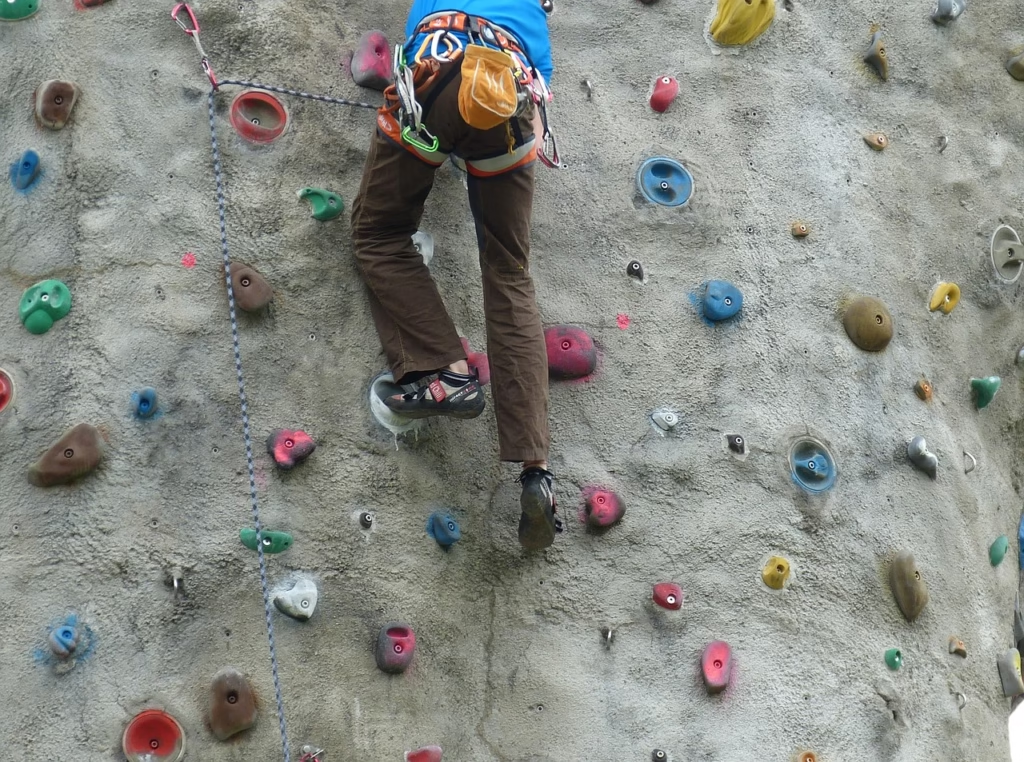
Opinions from the Climbing Community
Arguments for Socks
Climbers often argue for wearing socks for comfort during gym sessions or colder climbs. Some suggest socks are practical when renting shoes, noting the hygiene benefits. Climbers on multi-pitch routes or trad climbs often prioritize comfort over performance and advocate for socks.
Arguments Against Socks
Traditionalists and high-performance climbers often reject socks, emphasizing the importance of direct contact with the shoe for precision. Some climbers point out that socks can create slippage and reduce toe power, especially in aggressive shoes designed for technical climbing.
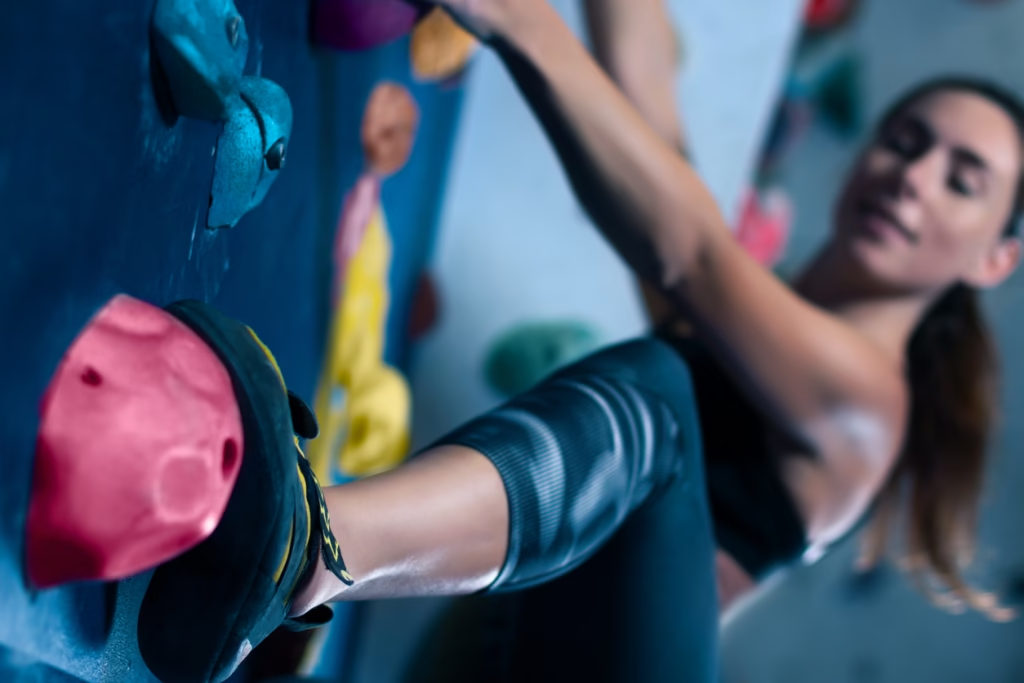
When Socks Make Sense
While socks may not be suitable for every climbing scenario, there are situations where they’re beneficial:
- Beginners: New climbers often prefer socks to ease the discomfort of tight rental shoes.
- Cold Weather: Socks are essential for keeping feet warm during alpine or winter climbing sessions.
- Breaking in New Shoes: Socks can reduce blisters during the break-in period of stiff or aggressive shoes.
The debate over wearing socks with climbing shoes ultimately comes down to personal preference and climbing style. Socks provide comfort, warmth, and hygiene benefits but may compromise sensitivity and precision for technical climbs. For beginners, trad climbers, or those climbing in cold conditions, socks can be a practical choice. For boulderers and sport climbers seeking peak performance, sockless remains the preferred option.
Regardless of your choice, the key is to find a solution that aligns with your climbing goals and comfort level. After all, climbing is about enjoying the journey—socks or no socks.
FAQs
Do you wear socks with climbing shoes?
You can wear socks with climbing shoes, especially in rentals for hygiene reasons or if you are a beginner looking to start comfortably. However, for optimal performance, it’s best to go without them.
What are the best socks for climbing shoes?
Climbing-specific socks like Tenaya or La Sportiva models are thin and low-profile, offering a balance between comfort and performance.
Are socks acceptable in climbing gyms?
Absolutely. Many climbers wear socks in rental shoes for hygiene reasons. It’s a personal choice, and most gyms don’t discourage it.
Do socks stretch out climbing shoes?
Wearing thick socks can cause leather climbing shoes to stretch faster over time. Stick to thin socks if you’re worried about preserving the shoe’s shape.
Why do some climbers insist on climbing without socks?
Sockless climbing offers maximum sensitivity and direct contact with the shoe, which many climbers find crucial for precision and performance.

